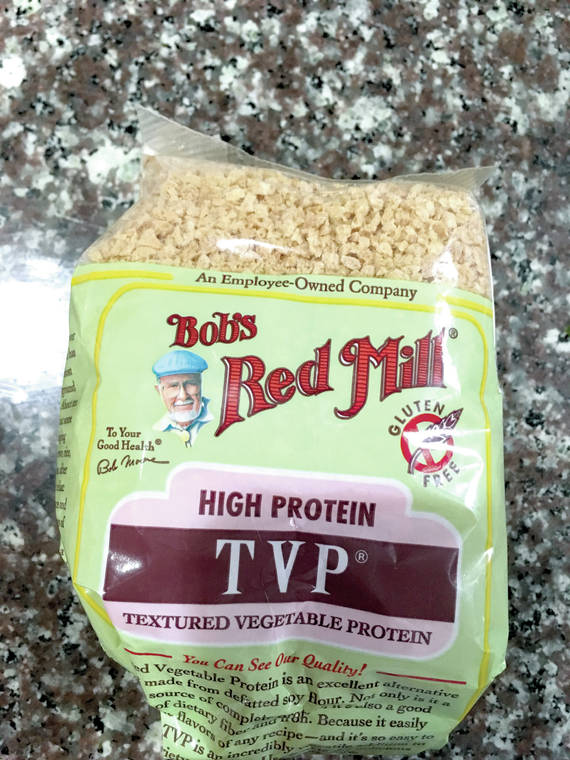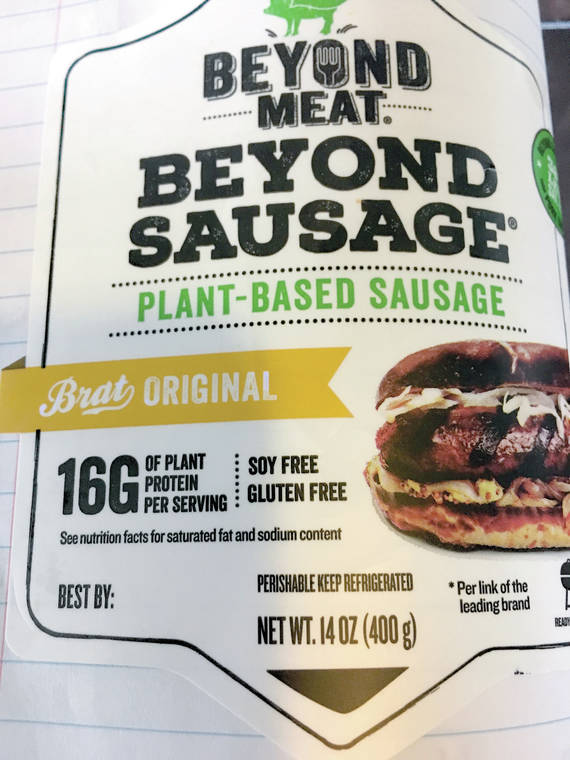Did you ever wonder what we will be eating in 10 or 20 years?
ScienceFocus.com predicts we will be eating less meat and dairy and have robot chefs, urban farming and aquaponic-raised foods.
Impossible Foods Inc. developed plant-based foods. Its statement to the world is: “Impossible EARTH. We’ve been eating meat since we lived in caves. And today, some of our most magical moments together happen around meat: Weekend barbecues, midnight fast-food runs, Taco Tuesday, hot days at the ballpark. Those moments are special and we never want them to end. But using animals to make meat is a prehistoric and destructive technology. Animal agriculture occupies almost half the land on earth, consumes a quarter of our freshwater and destroys our ecosystems, So we’re doing something about it: we’re making meat using plants so that we never have to use animals again. That way, we can eat all the meat we want for as long as we want. And save the best planet in the known universe.”
The Impossible Burger uses 96% less land, 87% less water and 89% fewer GHG emission.
The ingredients in the Impossible Burger are water, textured wheat protein, coconut oil, potato protein, natural flavors and 2% or less of leghemoglobin (soy), yeast extract, salt, soy protein ssolate, konjac gum (konnyaku) xanthan gum, thiamin (Vitamin B1), zinc, niacin, Vitamin B6, riboflavin (Vitamin B2) and Vitamin B12.
The Impossible Burger, a privately held company, debuted Aug. 10 at Burger King.
I am not sure if the Hilo Burger King stores debuted the Impossible Burger.
Another plant-based manufacturer you will hear about more and more is Beyond Meat, makers of Beyond Burgers and Beyond Sausage.
We bought the original brat that has 16 grams of plant protein per serving and is soy and gluten free. The ingredients are water, pea protein isolate, refined coconut oil, sunflower oil and it contains 2% or less of rice protein, faba bean protein, natural flavor, potato startch, salt, fruit juice (for color), apple fiber, methylceeulose, citrus extract (to protect quality) and calcium alrinate casing.
Peas might be the next plant-based food as peas withstand drought stress and climate change and the composition of crops is likely to change with the climate. This crop could address the climate changes currently happening and expected to worsen in the next 10-20 years.
Peas are legumes and a great protein supplement currently found in vegan cheese, shakes, yogurts, milk and bars.
Pea protein is a complete protein, containing all nine essential amino acids. One of these is leucine, the most important amino acid for initiating and signaling pathways that stimulate muscle protein growth and recovery. It is a great alternative if you are allergic or sensitive to whey or soy. Peas are a good source of manganese, folate, copper, phosphorus, Vitamins B6 and B2, niacin and molybdenum. It is also high in fiber, enhances fullness and is easy on the stomach.
Beyond Meat is the plant-based burger at Carl’s Jr. On July 31, it made a second stock offering for $160 per share, an 18.6% discount from the current stock price of $184.27. The company plans to raise $40 million to expand its manufacturing facilities and pay for marketing investments.
Another plant-based food product we use in the Ornish program to make chili is TVP, or textured vegetable protein. It is also known as soy meat or soya chunks and is a defatted soy flour product, a byproduct of extracting soybean oil.
In the 1960s, Archer Daniels Midland, the company that owns the TVP name as a registered trademark, developed a textured soy protein isolate made with an extruder in the shape of rods and tubes. By 1980, similar products were being produced by competitors.
One hundred grams of TVP contains 23.5 gram of dietary fiber, 52.94 grams of protein, 353 mg of calcium, 10.59 mg of iron, 81 mg of potassium.
TVP is a great way to make chili, spaghetti bolognese, sloppy joes, tacos and burritos.
Here is a recipe from Bianca of elephantasticvegan.com, a vegan since 2012, for Smoky and Meaty Tomato Vegan Dip. It is her signature dip that she serves at her parties all the time.
Meaty Tomato Vegan Dip
Makes: 2 cups
1 cup textured vegetable protein
1/3 cup water
1/2 teaspoon olive oil
1/2 teaspoon salt, plus more to taste
1/2 teaspoon paprika powder
1/8 teaspoon garlic powder
1/8 teaspoon onion powder
1 teaspoon dried oregano
1 teaspoon dried basil
1/4 teaspoon liquid smoke
1 1/4 cup tomato puree
In a medium sized pot, pour the TVP granules and add the water. Turn the heat on low and stir until the TVP has soaked up the water (about one minute).
Add the olive oil, spices, liquid smoke and dried herbs and give it a good stir.
Add the tomato puree and slowly turn up the heat to high until the sauce is bubbly and hot. Reduce heat again and let it cook on low heat for 5 minutes. After the sauce has thickened a bit, it’s ready to serve. At this point you can add more salt, garlic powder, liquid smoke or onion powder to taste, even chili powder if want to spice it up. Serve with tortilla chips, crackers or bread sticks.
Email Audrey Wilson at audreywilson808@gmail.com.


